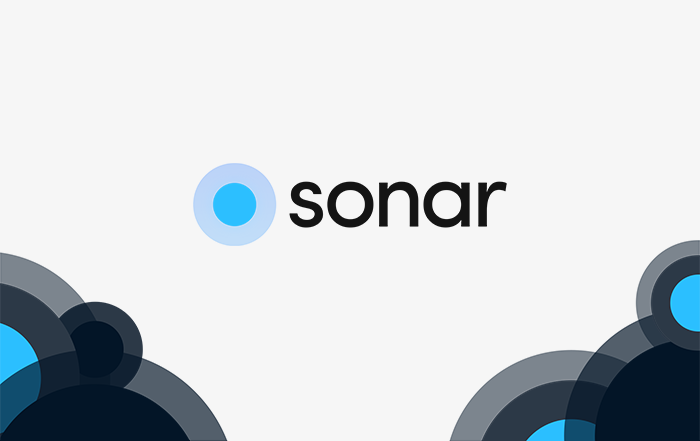5 min read
DHCP Delivery
For a long time, Sonar has handled DHCP and option 82 requests for large networks using the Sonar DHCP Batcher. Now, this functionality has...
3 min read
.png) Sonar
:
Aug 3, 2022
Sonar
:
Aug 3, 2022

It’s an undeniable fact that your NOC (Network Operation Center) is the backbone of your ISP. Of course, competitive pricing and positive customer experiences are important, but if the Internet isn’t functioning correctly, it will quickly outweigh the other positives of utilizing your services. This is why it’s imperative that your NOC team has a means of efficiently identifying and resolving any network issues that arise, or even identifying potential problems before they become impactful to users. The goal of a successful NOC team is not limited to correcting issues, but also being able to make informed decisions regarding where network expansion is necessary and where upgrades may be wasted.
By not introducing automation into your NOC, you expose your network to further risks beyond the pre-existing ones of equipment failure, etc. For example, packet loss may not be quickly identifiable but will certainly be felt by the customer’s experience. By creating a Network Monitoring Template in your Sonar instance, you are able to outline the thresholds you deem suitable, which in turn allows you to effectively conclude what service issues are present.

To take this example a step further, if a service issue is intermittent, a Network Monitoring Template provides your NOC team the opportunity to compare historical data with ease. Rather than relying on individuals to remember to check a specific AP at a particular time, and therefore potentially missing an issue in the event of human error, the data is collected automatically and stored within your instance for however long the device exists there. Following the appropriate monitoring configuration, a network technician needs only locate the device in question to determine if there have been any worrisome performance indicators.
On a similar note, leaving network monitoring up to manual coordination between team members is not ideal. However, this can also be automated within Sonar, and as your business grows it’s important that your network operations team have an automated system in place to increase the efficiency of how they identify issues. By creating Alerting Rotations in your instance, you’re able to customize which devices trigger alerts and who to notify. Having the ability to tailor this to meet your NOC expectations means that this feature can be adopted for needs ranging from meeting SLAs to organizing out-of-hours network monitoring.

Another key element to a successful NOC is documentation. While this may not seem as necessary as other areas already touched on, the fact is that without proper communication, you may leave your organization open to replicating troubleshooting actions that only extend the time taken to resolve the issue. A key part of Sonar is our ticketing module; tickets can be attached to network sites and used to accurately document and track a problem from the first alert right through to the deployment of a network technician to the site. In the event of an issue, network technicians can check for tickets to determine if exhaustive measures have already been taken, which allows them to effectively pivot their efforts and avoid needless, repetitive actions already attempted.
An additional use of Sonar’s ticketing system is the introduction of parent/child tickets. Customers are quick to alert support to less than satisfactory service, and an influx of tickets originating from the same area of the network is an immediate indication of something being wrong. However, directing each and every ticket to your NOC team for individual attention becomes cumbersome, especially if that team is already in the process of troubleshooting that very same issue. To alleviate this problem, Sonar introduced the ability to deem tickets “parent”. By linking tickets together with a parent/child relationship, your network operations team only has to concern themselves with updating a single ticket. Through this relationship, they are able to add comments, send replies or even change the status of all attached tickets; along with this freeing up the NOC’s time, it also allows your support team to offer updates to customers with existing tickets without having to go digging through network sites to find relevant information.
As all Internet Service Providers know, not all outages and interruptions can be avoided. Even the best network operations teams can’t foresee fiber damage by third parties or protect equipment from freak weather; it’s inevitable that they’ll happen eventually and while your team may be able to curb the impact, chances are that they’ll come a time when compensation is necessary to appease customers. While it’s possible to manually comb through network devices and identify which customers were affected, it’s not an efficient use of your team’s time. With Sonar BI, a report can be generated to identify which customers were impacted to credit them accordingly. This feature allows you to proactively apply credits even if customers have not reached out yet, which significantly improves customer relations.

5 min read
For a long time, Sonar has handled DHCP and option 82 requests for large networks using the Sonar DHCP Batcher. Now, this functionality has...

8 min read
We recently released a new network poller for Sonar. Here’s some background on how it works! Network monitoring is a necessary part of...

8 min read
So, you want to contribute a device mapper to the Sonar poller. Great! Here’s a walk through on how to get started. First, you’ll need a copy...